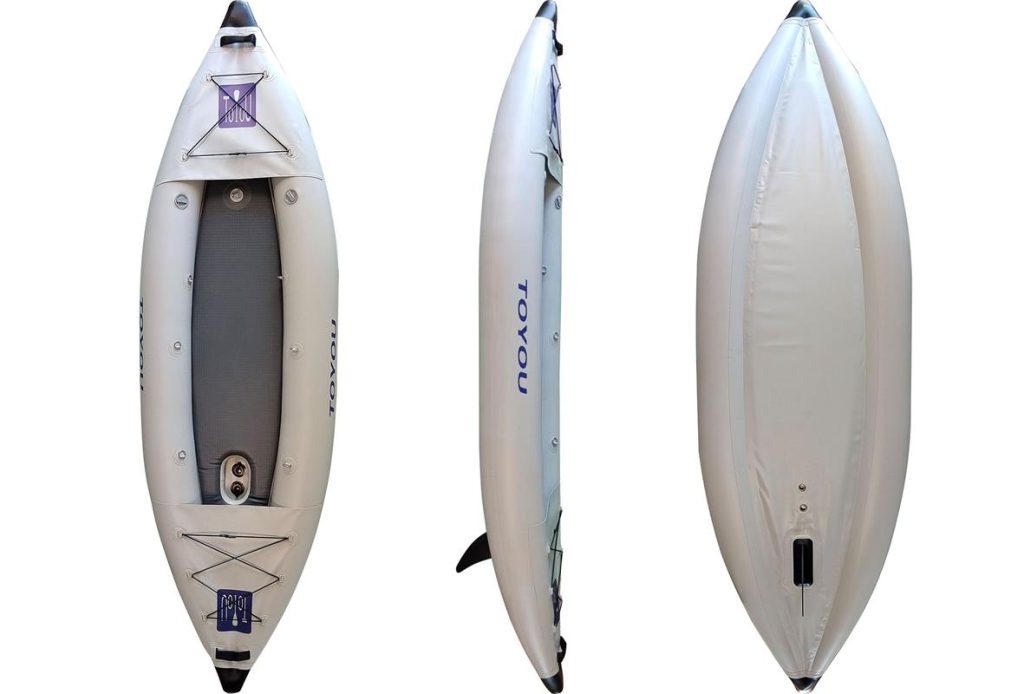Whether an inflatable kayak is worth it depends on your specific needs, preferences, and how you intend to use the kayak. Inflatable kayaks offer several advantages and some considerations to weigh:
Advantages of Inflatable Kayaks:
- Portability:
- Inflatables are easy to transport and store. They can be deflated, folded, and stored in a compact bag, making them suitable for people without a roof rack or a lot of storage space.
- Storage Space:
- Ideal for those with limited storage space, such as apartment dwellers or individuals without a garage. Inflatables can be stored in a closet or even transported in the trunk of a car.
- Ease of Transportation:
- Inflatables are lightweight and can be carried in a backpack or bag. This makes them suitable for those who want to explore different water bodies without the need for a roof rack.
- Versatility:
- Inflatable kayaks can be used in various water conditions, including lakes, rivers, and coastal areas. Some models are designed for specific activities like touring, recreational paddling, or fishing.
- Buoyancy and Stability:
- Many inflatable kayaks are stable on the water, providing a buoyant and secure platform for paddlers. This can be particularly advantageous for beginners.
- Affordability:
- Inflatable kayaks are often more affordable than hard-shell kayaks, making them a cost-effective option for those who are just starting with kayaking.
- Quick Setup:
- Inflatables can be quickly inflated and assembled, allowing for more time on the water and less time dealing with complex setup procedures.
Considerations:
- Performance:
- While inflatable kayaks offer good performance, they may not match the speed and agility of high-end hard-shell kayaks, especially in certain conditions.
- Durability:
- High-quality inflatable kayaks are durable, but they are still susceptible to punctures. Users should be cautious around sharp objects and follow proper maintenance procedures.
- Assembly and Disassembly:
- While inflation is relatively straightforward, assembling and disassembling an inflatable kayak takes time compared to simply placing a hard-shell kayak in the water.
- Puncture Risk:
- Inflatables can be punctured by sharp objects, so users need to be aware of potential hazards in the water. Carrying a repair kit is advisable.
- Longevity:
- While inflatables are durable, their lifespan may be shorter compared to high-quality hard-shell kayaks. However, proper care and maintenance can extend their longevity.
- Advanced Features:
- Some advanced features found in hard-shell kayaks, such as specialized tracking systems or advanced pedal drives, may not be as readily available in inflatable models.

Conclusion:
Inflatable kayaks are worth considering for individuals who prioritize portability, storage convenience, and versatility. They are well-suited for recreational paddling, fishing, and casual exploration. However, if you are a serious kayaker looking for high-performance features or plan to engage in advanced kayaking activities, a hard-shell kayak might be a better fit. Ultimately, the worth of an inflatable kayak depends on your specific needs, lifestyle, and the type of kayaking experiences you seek.
